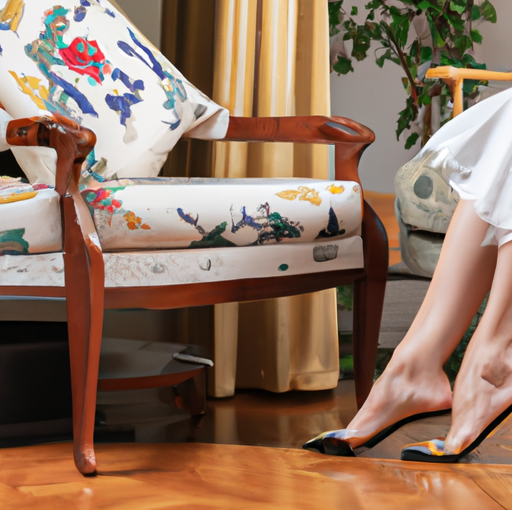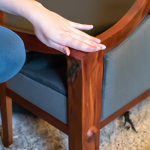When it comes to dating antique furniture, the feet can tell a lot about the age of a piece. By looking closely at the feet of antique furniture, you can get a pretty good idea of the time period it was crafted in. Knowing how to date antique furniture by feet can help you to determine the worth and authenticity of a piece.
Identifying Antique Furniture by Feet
It is important to remember that the feet of a piece can be replaced or changed over time. Therefore, it is important to pay attention to other features of the piece to ensure that the feet are original. If the feet look much newer than the rest of the furniture, then it is likely that they have been replaced.
The first step in identifying antique furniture by feet is to look closely at the overall shape of the feet. Antique pieces were crafted by hand, and each piece had a unique shape. By studying the overall shape of the feet, you can get a good idea of the age and style of the piece.
Different Types of Antique Furniture Feet
There are several different types of antique furniture feet that can be found on pieces from different time periods. Common types include ball-and-claw, bun, French cabriole, and saber.
- Ball-and-claw feet were popular during the Queen Anne period in the 1700s. These feet have a distinctive appearance, with a claw-like shape that is often decorated with carved details.
- Bun feet, which have a round shape, were popular during the Chippendale period in the late 1700s.
- French cabriole feet, which were popular during the Louis XV period in the mid-1700s, have a curved shape and are often decorated with carved details.
- Saber feet, which have a straight, tapered shape, were popular during the Hepplewhite period in the late 1700s.
Tips for Dating Antique Furniture by Feet
When it comes to dating antique furniture by feet, there are a few tips that can help you determine the age of a piece.
- Look for signs of wear and tear. If the feet of a piece show signs of wear, it is likely that the piece is older. Pieces from older time periods were used more often, and thus show more signs of wear.
- Look for constructions marks. Pieces from earlier time periods were crafted by hand, and thus have more visible construction marks. If you can see visible marks on the feet, then the piece is likely to be older.
- Look for signs of age. If a piece is painted, look for signs of paint that may have chipped away over time. This can be an indication of age.
Dating antique furniture by feet can be a great way to determine the age and authenticity of a piece. By looking closely at the feet of a piece and paying attention to other features, you can get a good idea of the time period it was crafted in. With these tips, you can determine the age and worth of antique furniture with ease.






